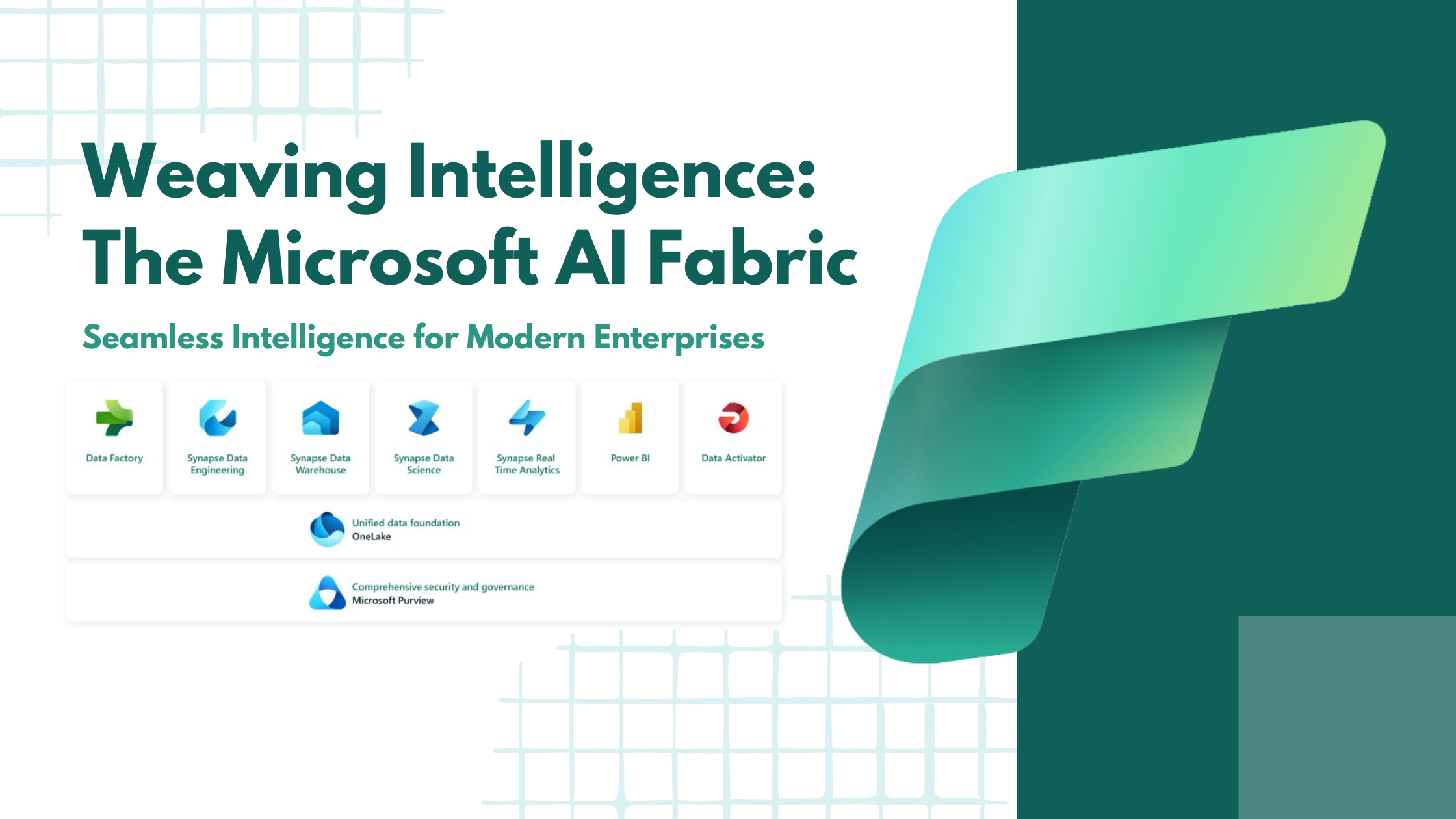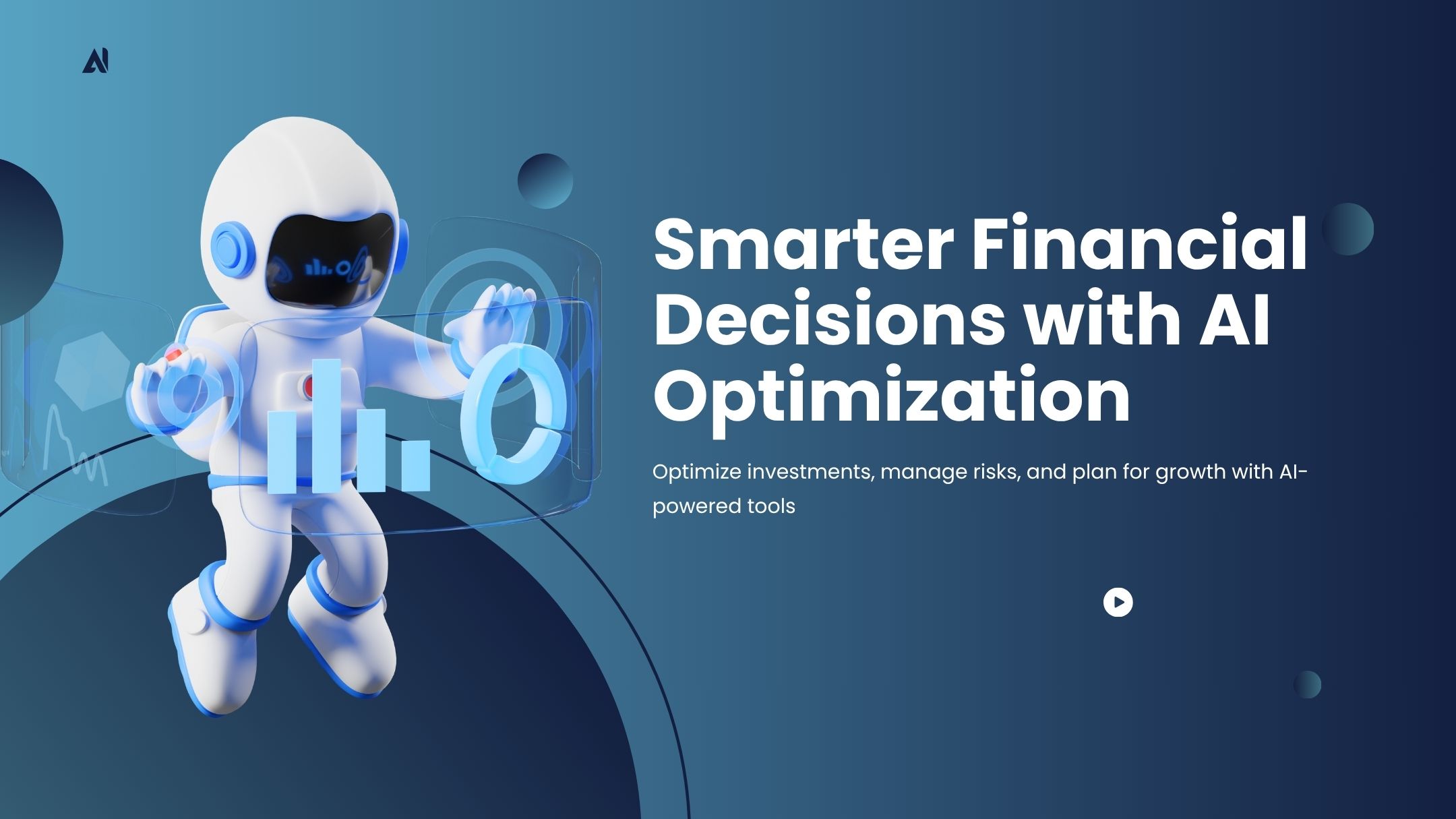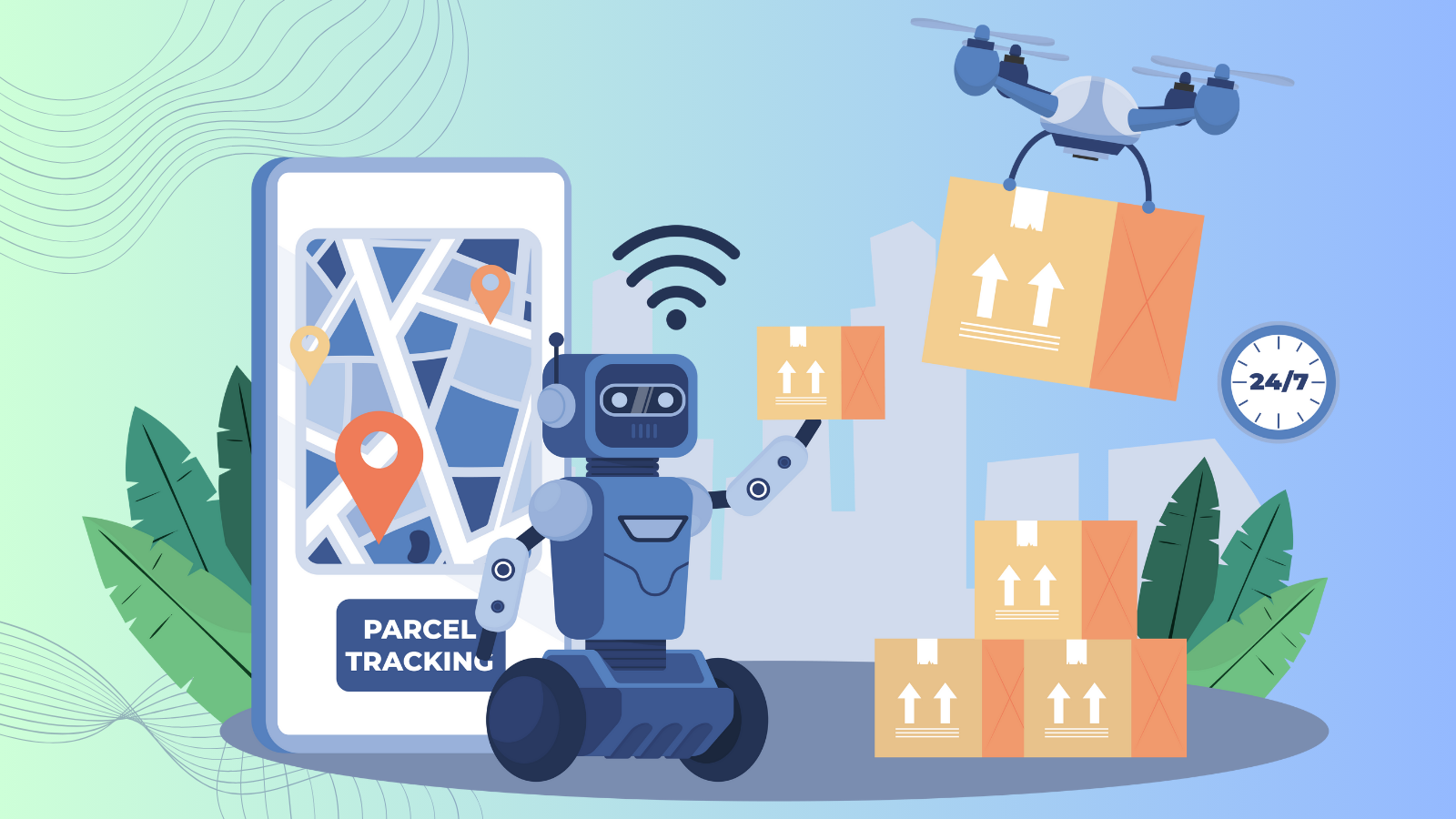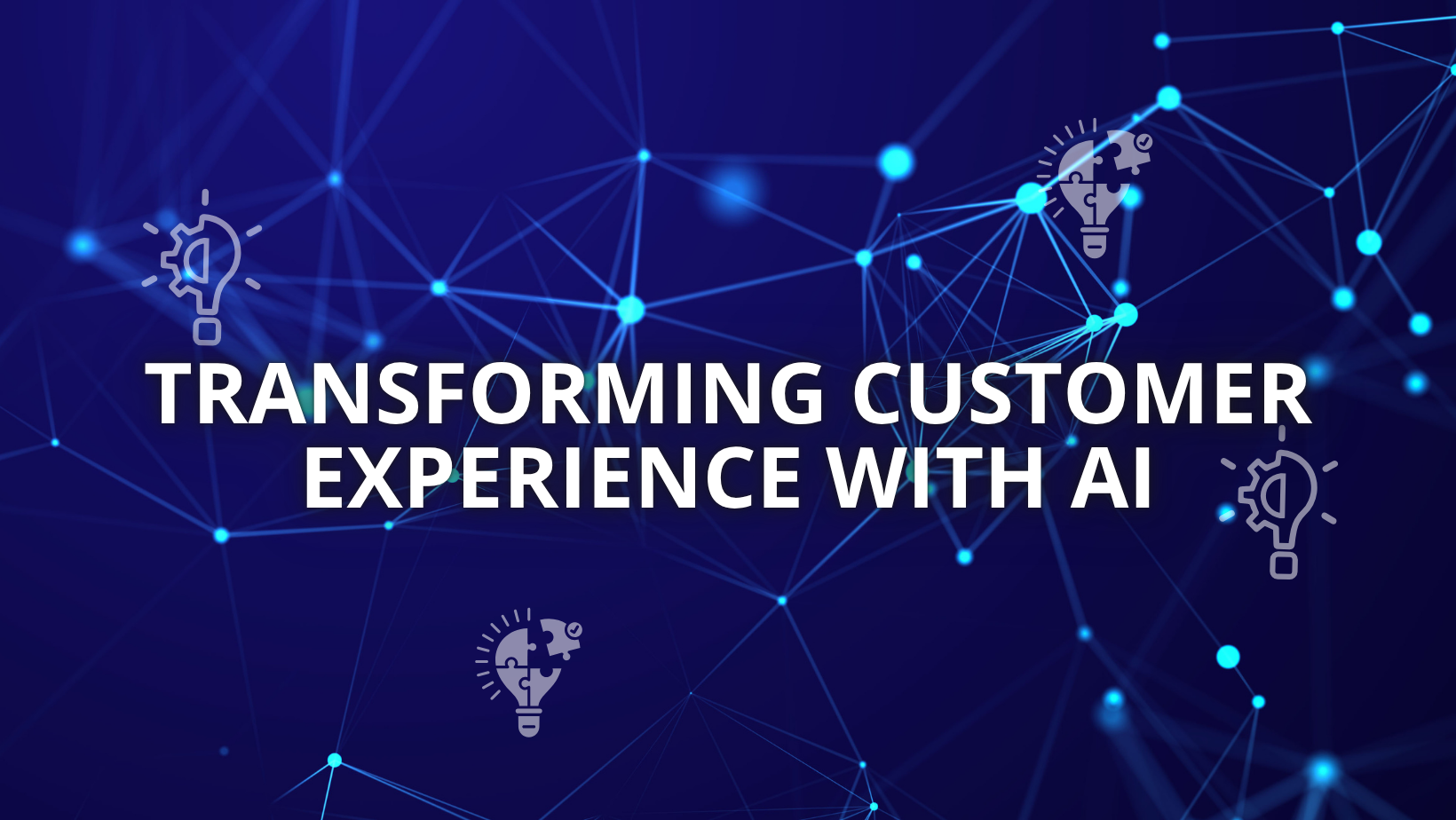Today’s business world poses a dynamic and risky environment for retailers. Consumers are exposed to an enormous amount of stimuli on a daily basis making it is easy to become overwhelmed with choices of products. In order to stay competitive, retailers should develop a store strategy that aligns excellent customer service, an intriguing physical space, and processes and technology that meet the changing demands of customers.
Successful retailers are those who are able to adapt and change to the environment and develop new ways of serving customers, respecting the dynamics of current trends and adapting accordingly.
Leveraging Business Intelligence for Success

Retailers handle immense amounts of information – everything from supply chains to sales information to store operations. It is very hard to keep track of important information and to know which information is valuable, and retail companies need the business intelligence tools to take advantage of the information that is at their disposal. The information technology available today allows retailers to make better business decisions and to better target performance goals.
The challenges faced by the retailers require them to be proactive in managing and utilizing corporate data if they want to keep up with the competition. That’s where business intelligence comes in. Business Intelligence provides retailers the capability to analyze the vast amounts of information they already have to make the best business decisions.
How Cresco Can Help
Association Analytics
How to increase sales and how to expand market share is always an essential question for retailers. Effectively tracking the customer pattern would be the most helpful way to answer this question. In other words, what items are the most likely to be chosen together in a customer’s shopping cart and what are customers’ preferences for diverse products.

For physical stores, such as supermarkets, furniture stores, groceries, bakeries, etc. association analysis would help the stores’ shelf-management. For example, if we found there’s a strong association with Item A and Item B, we can try to put these two products on the same shelf or in close shelf areas. For example, in a supermarket, we can put cereals near milk, put ranch on shelves near salad vegetables, put stationary near books and magazines, etc. For each store, customers’ preference varies with region, gender, income, age, lifestyles.
Association analysis is always a crucial indicator for store’s promotion strategy as well. For example, if two items are strongly related, we can put only one on sale instead of putting both of them on sale. Another example: if we found that for some styles or colors for certain goods are less popular, we can only make goods in those styles or colors on sale. On the one hand, the inventory turnover would be enhanced, on the other hand, it makes less cost for stores to make profit.
Predictive Analytics

We, Cresco International, help retail companies tap into their huge databases and deliver easy-to-comprehend insights to improve business performance using IBM SPSS Modeler. Retailers can more effectively reach consumers, reduce operational time and costs, and allocate their resources more efficiently.
Moving from historical to predictive analysis, IBM SPSS modeler can be employed for further exploration on text-mining and predictive modeling. Several critical variables can be incorporated in the model building process. This solutions applies proven modeling algorithms to help retailers extract information and uncovering patterns behind collected data. It improves yields for retailing processes, like which is the best location to open a store, which product line is best to carry on, etc.
For more information on how your retail organization can utilize such analytics and more, contact us today.











